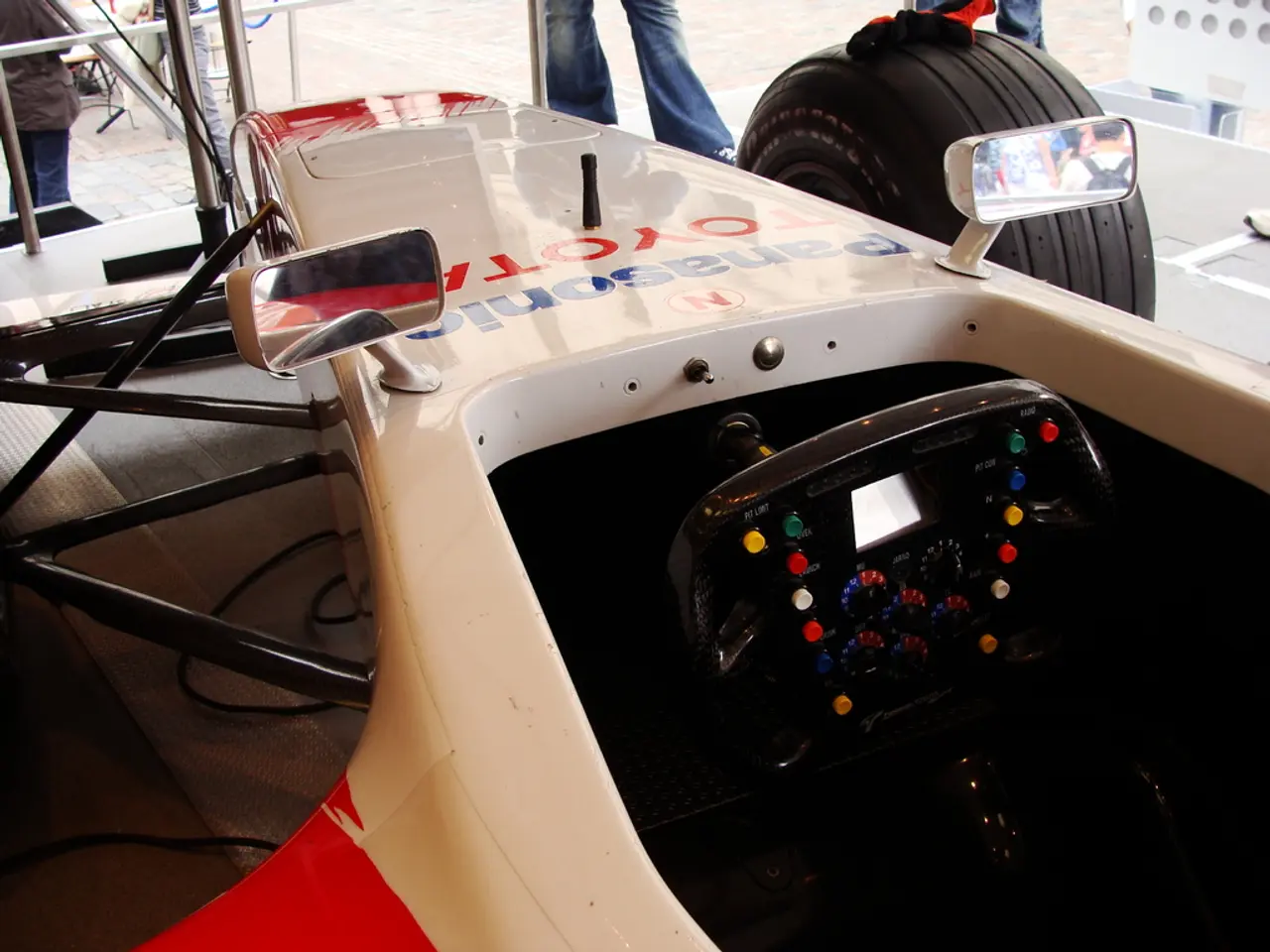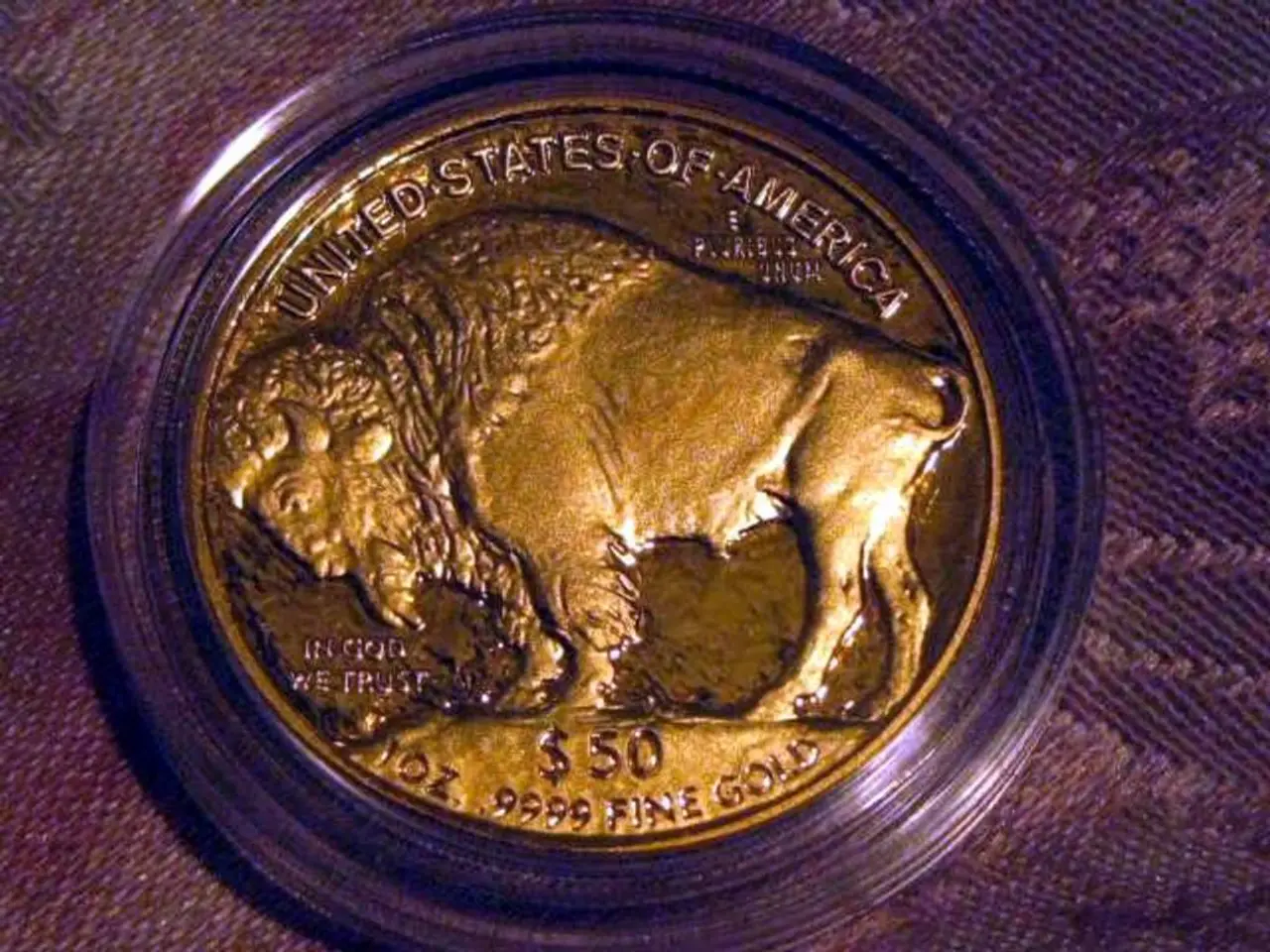Assessing Importance: Consumer Tastes Determined through Business-Specific Evaluations and Eye Tracking Data
In a groundbreaking study, researchers have used eye-tracking technology to delve into the way people process and evaluate 2D automotive designs, with a particular emphasis on brand and styling cues. The study, which is the first stage of a broader research program, does not use respondent ratings, 3D automotive stimuli, galvanic skin response (GSR), electroencephalography (EEG), or facial expressions coding at this stage.
The research, conducted using only one measure - eye tracking - and one stimulus format - 2D realistic renderings of vehicles - has provided valuable insights into how people's eye-gaze patterns differ when evaluating the brand and sportiness of automotive designs.
## Eye-Gaze Patterns in Automotive Design Evaluation
When evaluating brand identity, observers tend to focus more on the logo and emblem of the vehicle, indicating that the brand's visual markers are crucial for recognition and association with the brand's values and reputation. The gaze often lingers on symmetrical elements that are synonymous with brand-specific design cues, suggesting that consistency in design contributes to brand recognition and appeal.
When assessing sportiness, viewers typically look at dynamic angles and curves on the vehicle. This implies that aggressive lines and aerodynamic features are perceived as sporty. The gaze pattern may emphasize the vehicle's silhouette, muscle-like contours, and larger wheels, which are often associated with performance and sportiness.
## Insights for Automotive Designers
These eye-gaze patterns provide several insights for automotive designers. Ensuring that the design elements align with the brand's identity while incorporating cues that suggest sportiness can enhance the appeal of the vehicle. Designers can use visual compensation techniques to balance the perceived sportiness with practical considerations like safety and functionality. Understanding how users perceive different design elements can help designers tailor their designs to better meet consumer expectations and preferences.
## Integration with Technology
Recent advancements in eye-tracking technology, such as the integration with AI and machine learning, can significantly enhance the accuracy and efficiency of capturing and analyzing these eye-gaze patterns. This technology can help designers by providing more precise data on how users perceive their designs, allowing for more informed design decisions.
## Applying Eye-Tracking Insights
Insights from eye-tracking can be used to optimize design elements, ensuring that they are noticed and appreciated by potential consumers. This data can be invaluable in market research, helping to understand consumer preferences and reactions to different design aspects.
Future directions for this research could include integrating eye-tracking in virtual reality platforms, which could further enhance the analysis of consumer behavior by providing immersive experiences that simulate real-world interactions.
By combining these insights with advanced eye-tracking technology, automotive designers can create vehicles that not only appeal to consumers aesthetically but also resonate with their expectations of brand identity and sportiness.
The study's focus on eye-tracking technology and its application to analyzing 2D automotive designs provides a unique insight into the finance industry, as it offers valuable information that can influence the success of future automotive designs in a competitive market. In the industry, this technology can potentially revolutionize transportation by enabling automotive designers to create unique, consumer-centric designs that appeal to various demographics. As technology continues to advance, the integration of AI and machine learning into eye-tracking technology may further enhance its potential impact on the automotive sector, ultimately benefiting both finance and transportation sectors.




